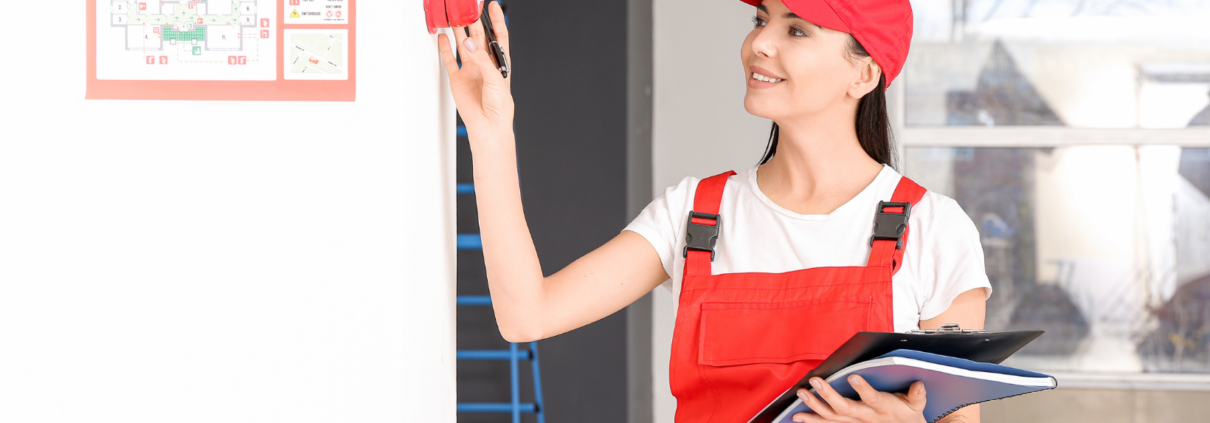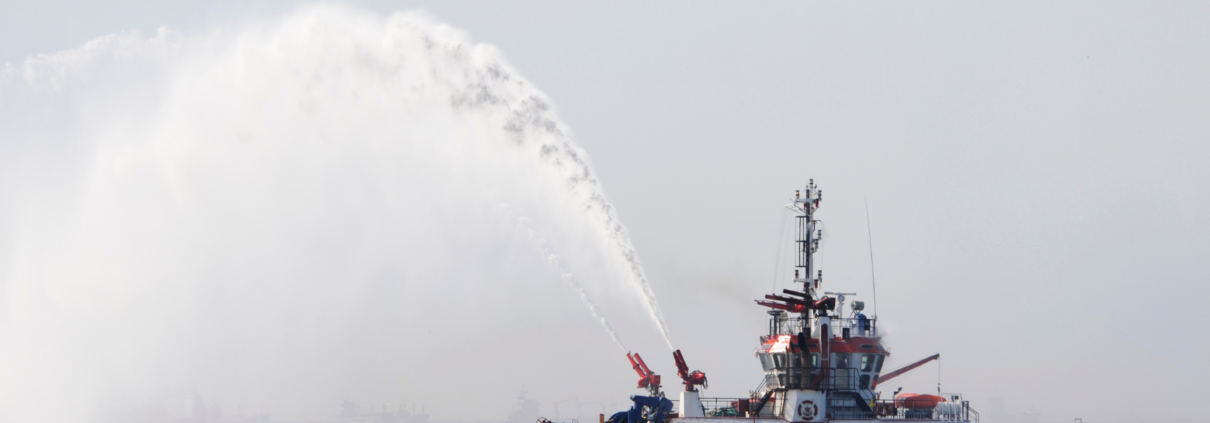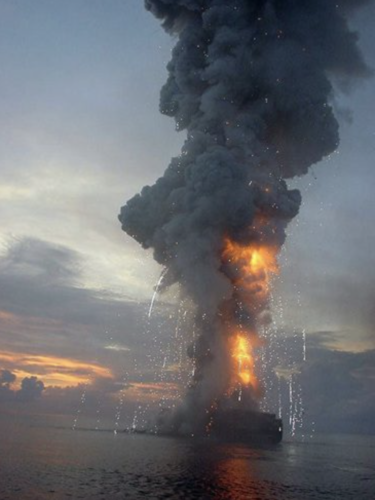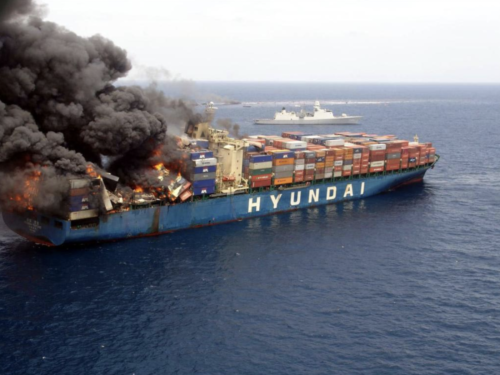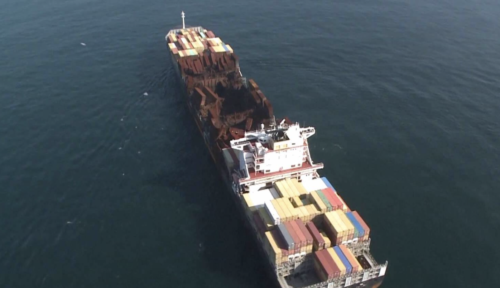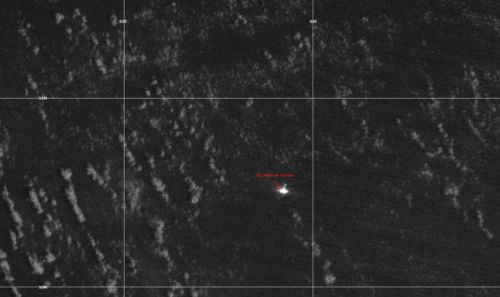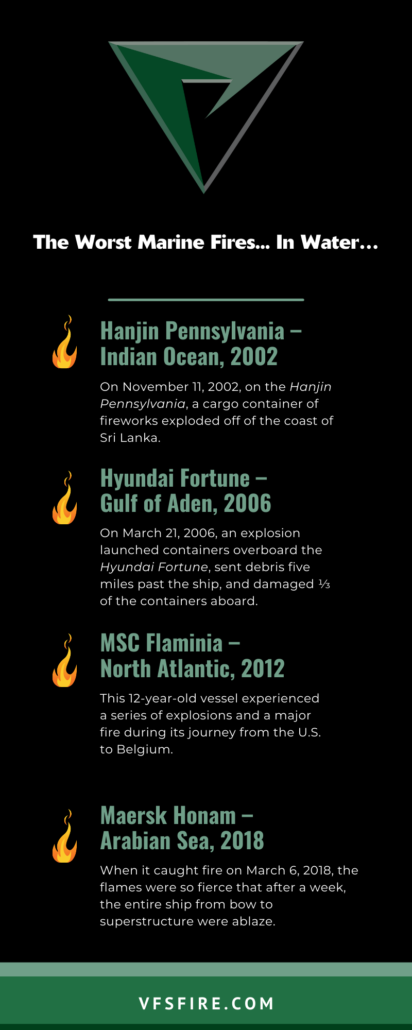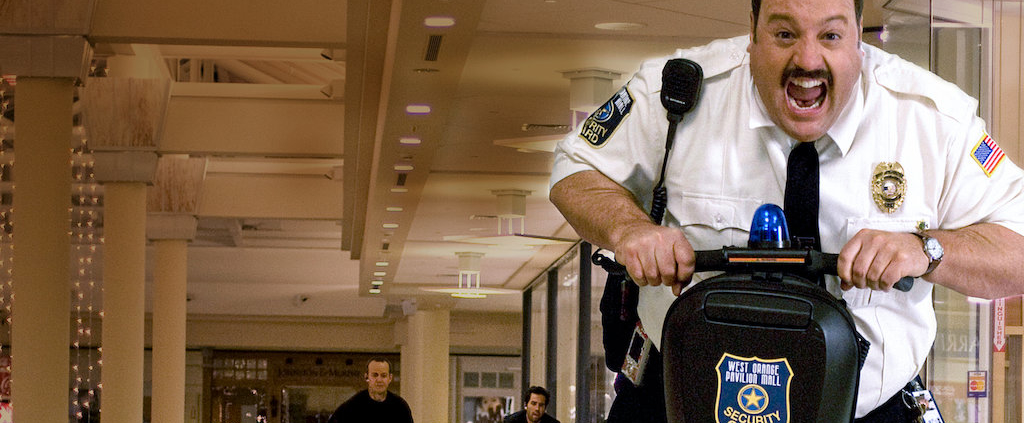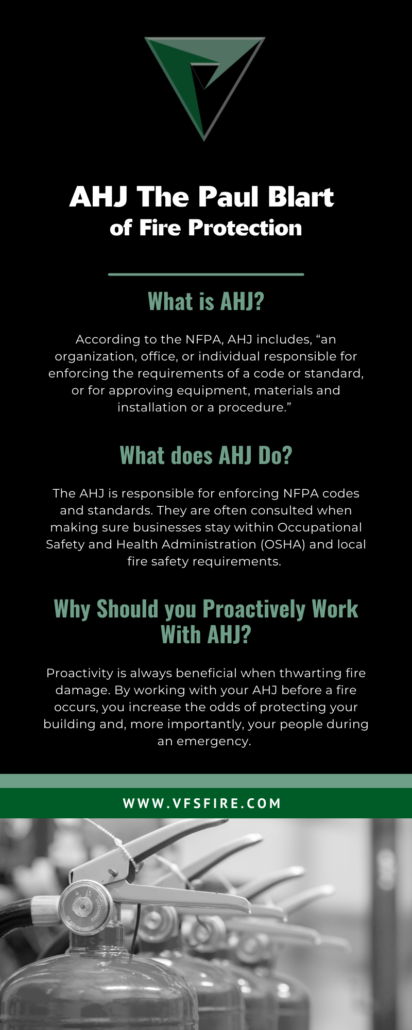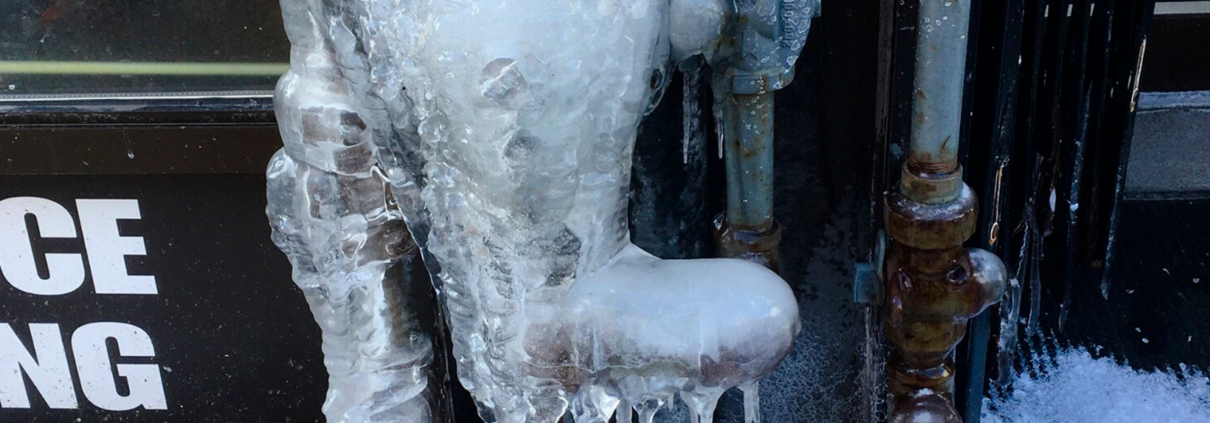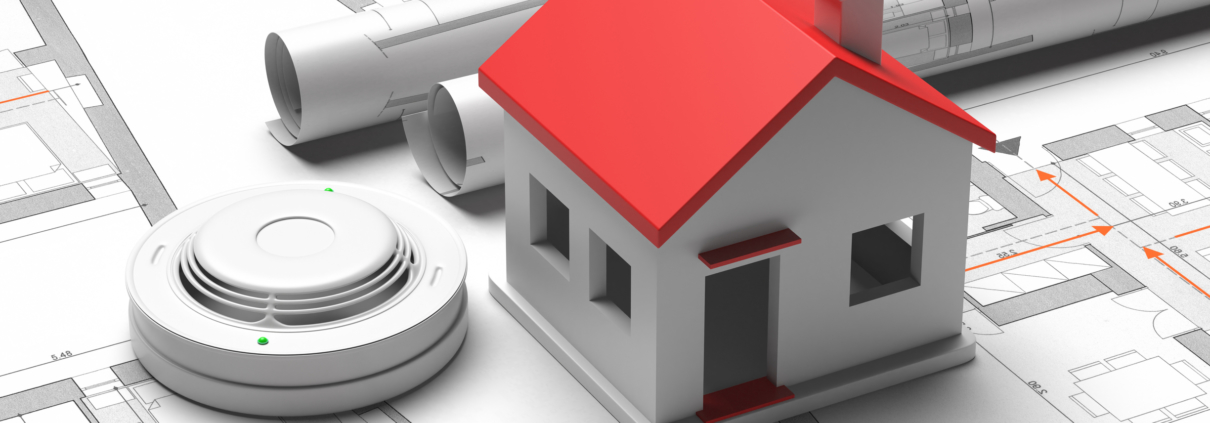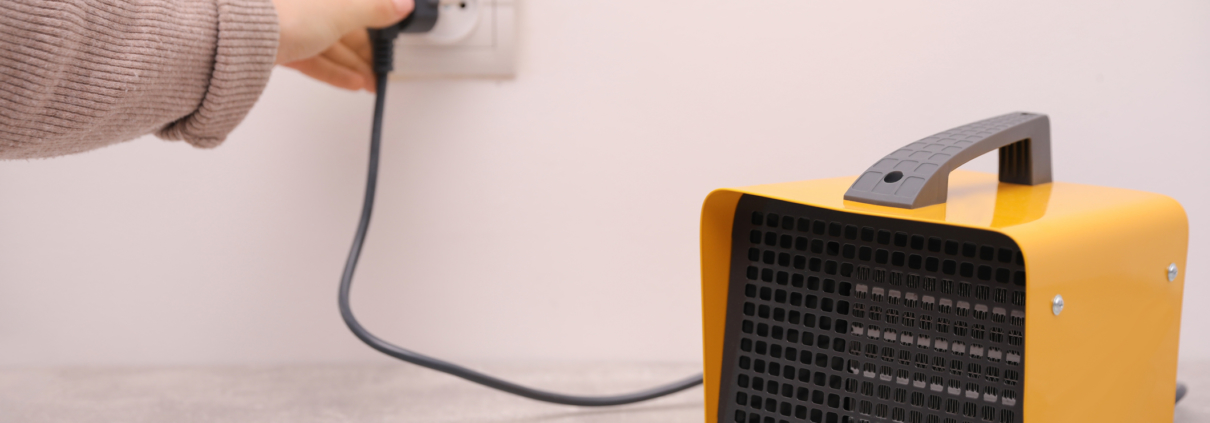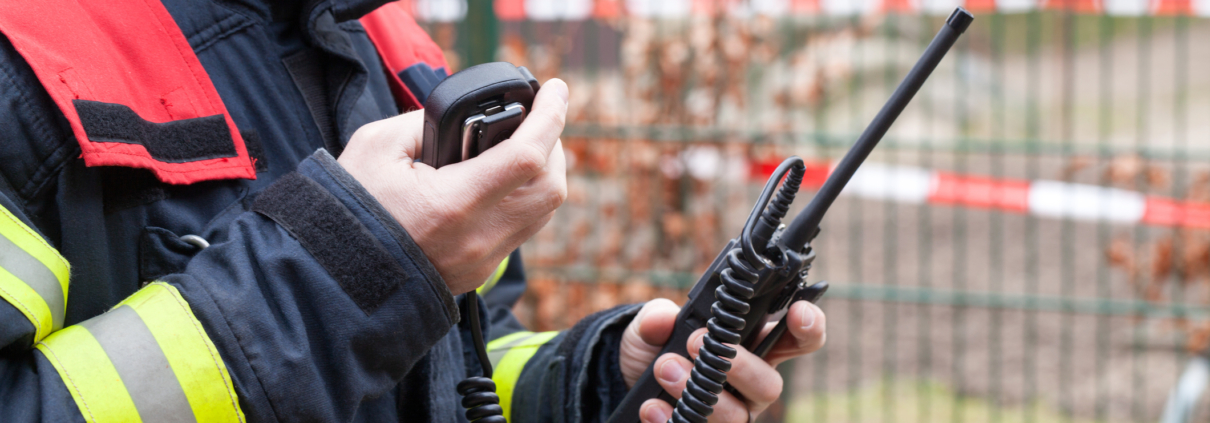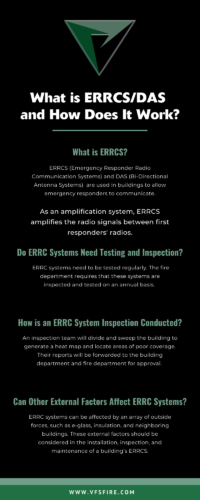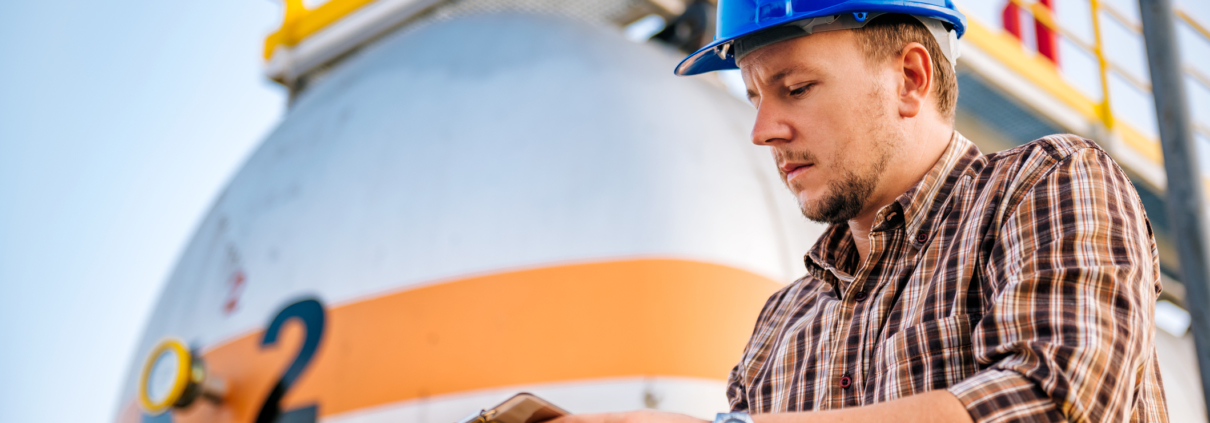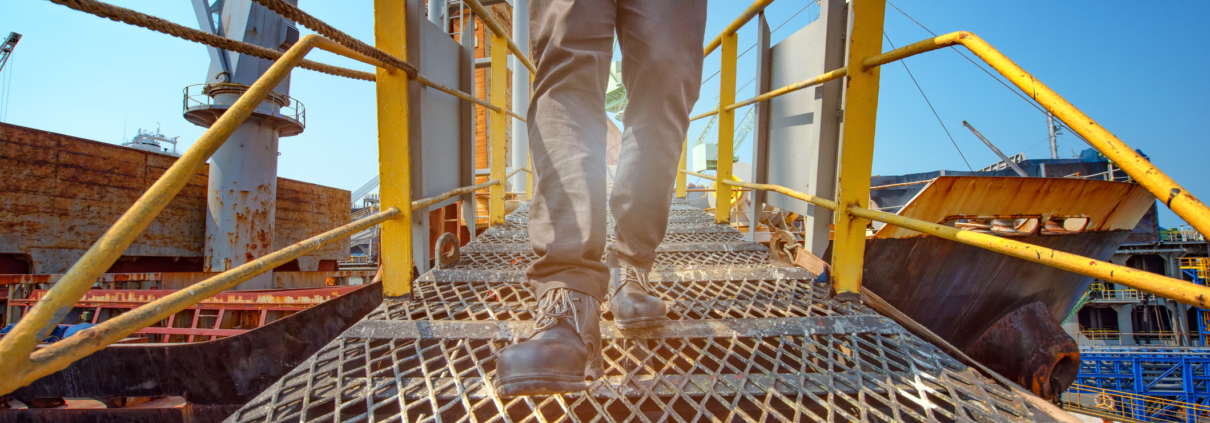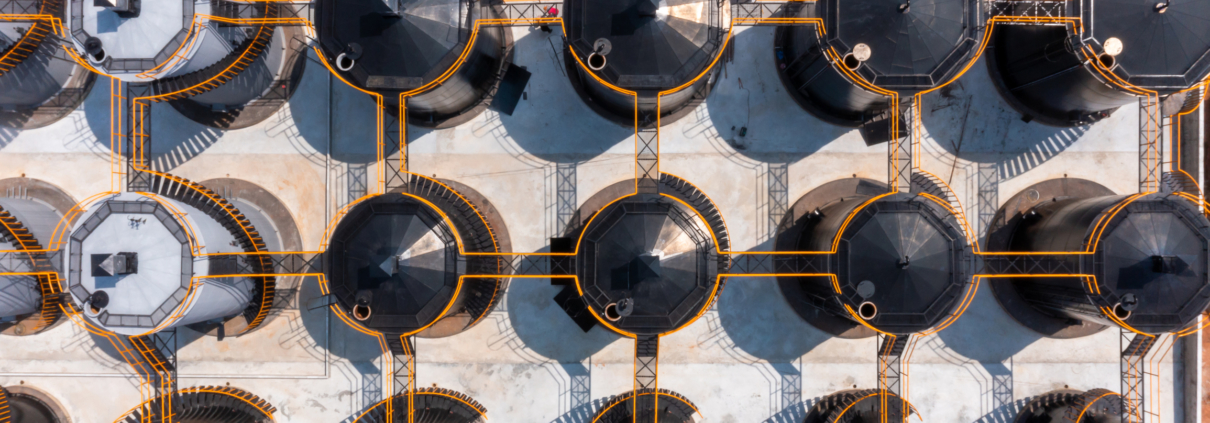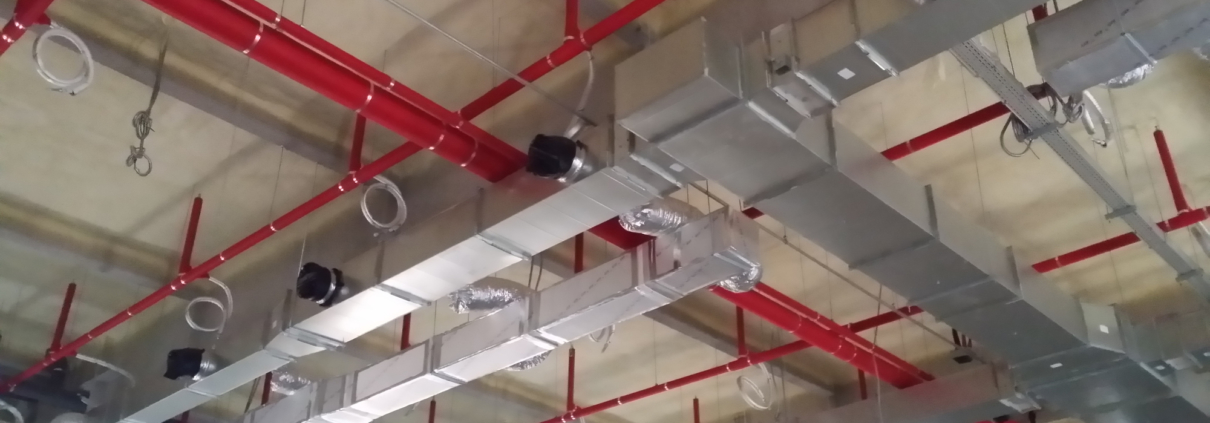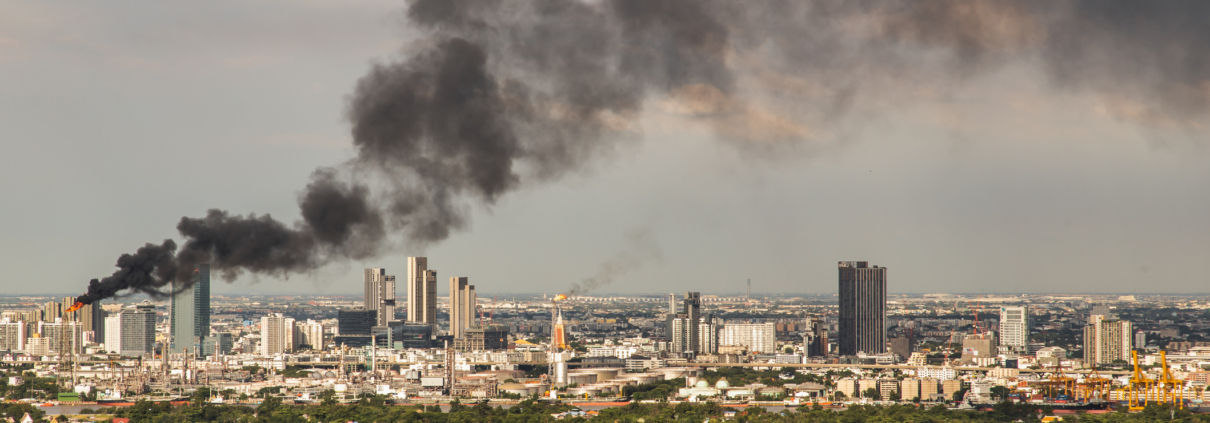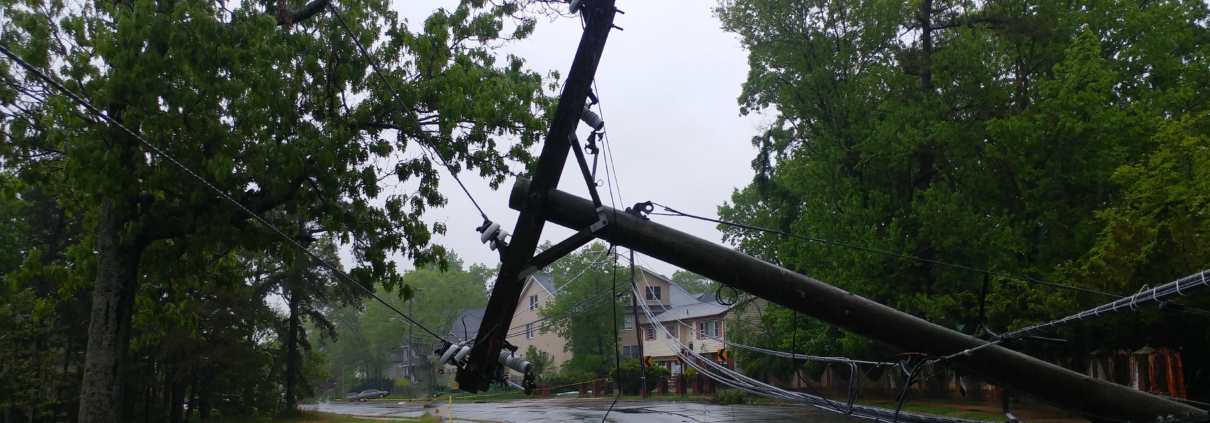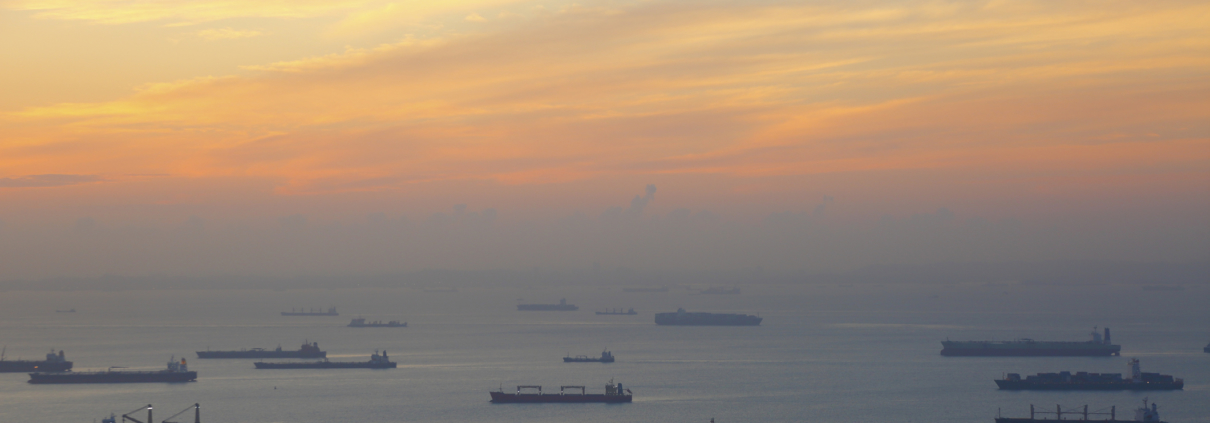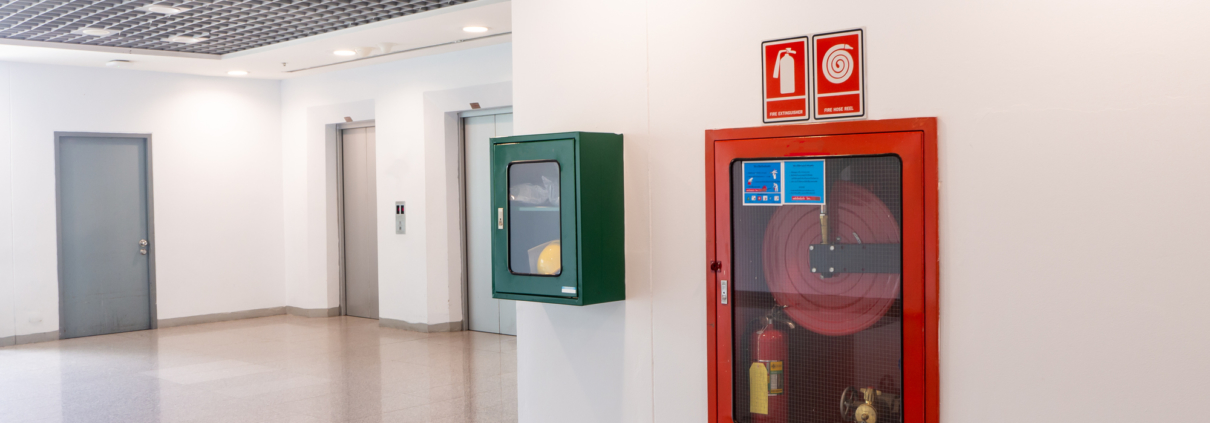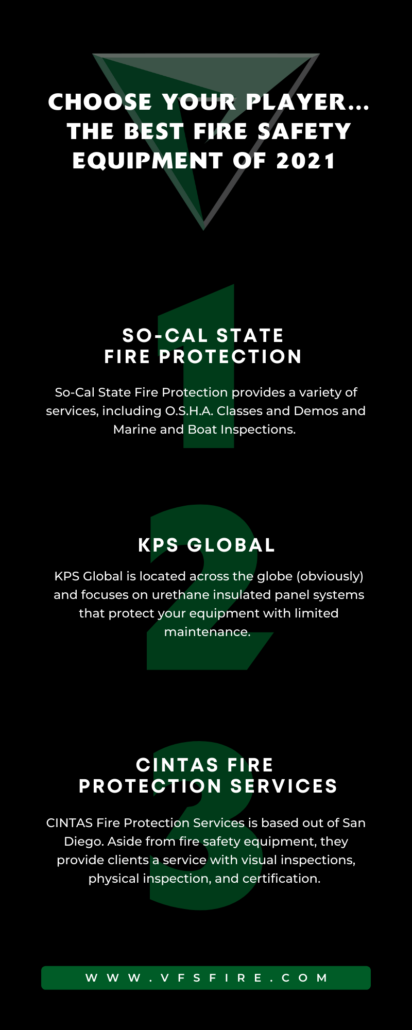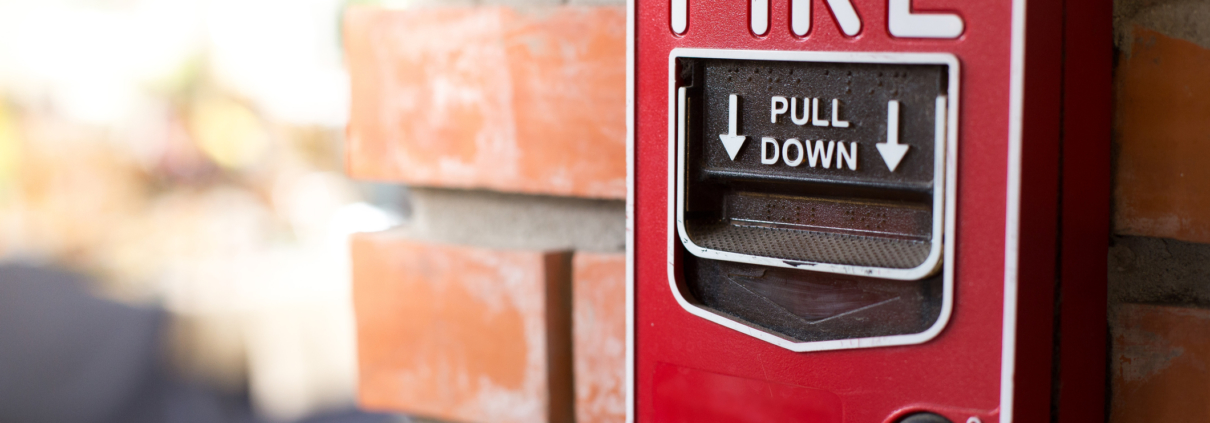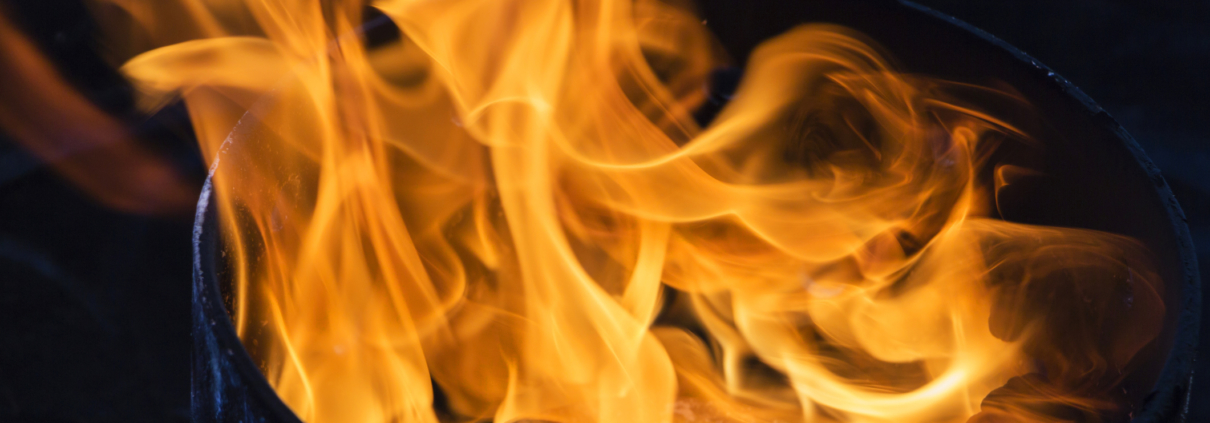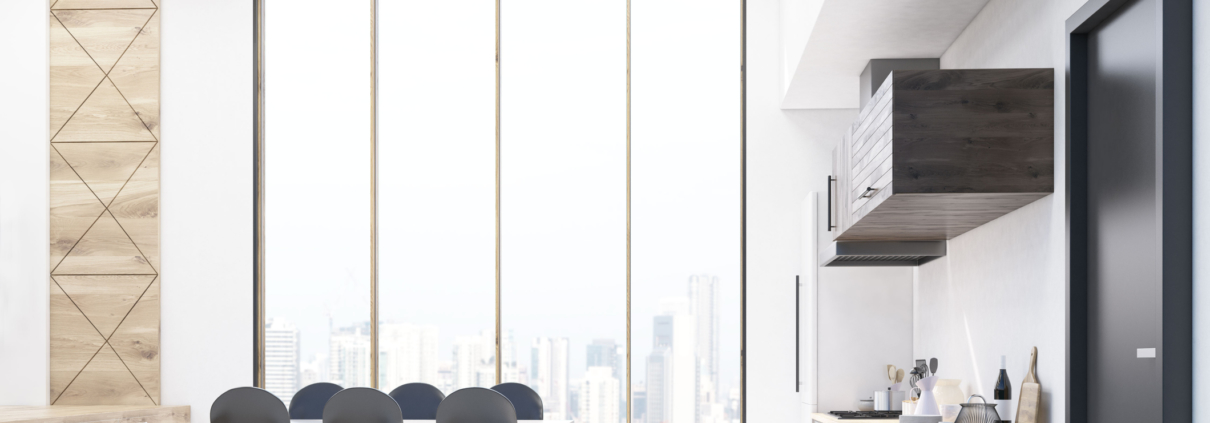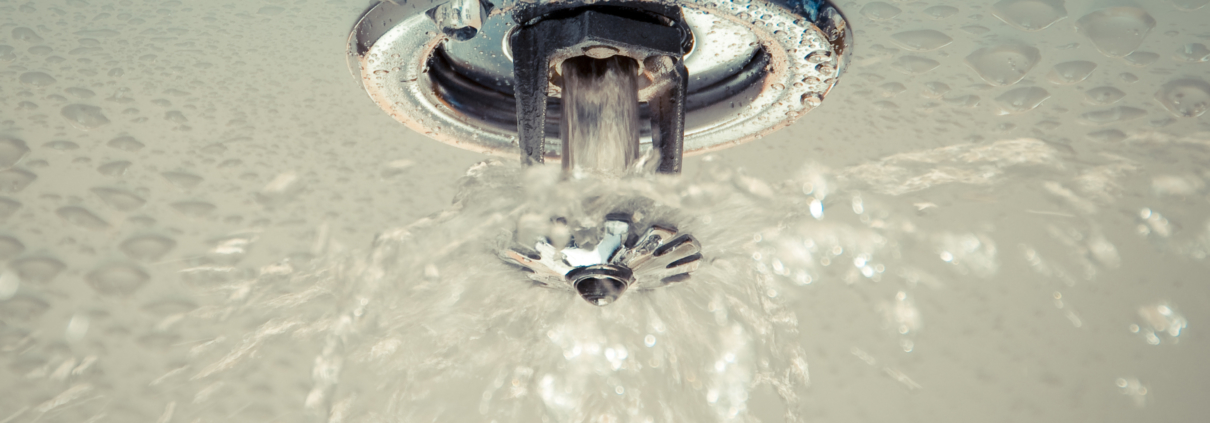(While the kids are away, you should probably fire-proof the Sigma Chi house)
You survived another semester! Congratulations! While college students return home for the summer, best practice is to go through and fireproof your buildings… especially the Sigma Chi house (they love lighting up… candles, of course).
After all, in just a few short months, students will be back in full force. They may get a break for the warm summer months, but your fire safety procedures never take a vacation.
Campus Fire Safety
Based on research from the National Fire Protection Association, campus fires peak between September and October– especially between 5-9 pm.
“U.S. fire departments responded to an estimated annual average of 3,840 structure fires in dormitories, fraternities, sororities, and other related properties. These fires caused annual averages of 29 civilian injuries and $11 million in direct property damage.”
In order to protect your building and your students from these worrisome statistics, you must ensure your fire safety systems are up-to-date and you should regularly conduct proper fire safety training for both students and faculty.
Fire Proofing Campus Buildings
So, how does one fireproof an education facility? Most education facilities abide by NFPA Code 101 which “addresses minimum building design, construction, operation, and maintenance requirements necessary to protect building occupants from danger caused by fire, smoke, and toxic fumes.”
A few ways you can fireproof your campus buildings are:
- Determining space requirements and maximum occupancy for each room. Hint- to remain compliant with NFPA 101, each person requires at least 20 square feet of space
- Prepare and update fire evacuation plans
- Plan fire drills
- Establish communication with your local jurisdiction and fire authority, and implement their guidelines
- Ensure exit areas, stairwells, etc are unobstructed and clear
- Inspect fire safety equipment to make sure it’s working and updated (i.e. fire alarms, fire sprinkler systems, and fire extinguishers)
What are the Main Causes of Campus Fires?
Fires can break out in multiple ways, however, here are the top five causes of campus-related fires according to data gathered by the U.S. Fire Administration:
- Cooking on hot plates, microwaves, portables grills, etc.
- Careless smoking
- Unattended candles
- Overloaded extension cords and outlets
More on how to communicate fire safety with students below.
Communicating Fire Safety
Keeping students and faculty educated on fire safety on campus is essential to protecting your people in the event of a fire. Before they step on campus for the semester, send them a pamphlet with fire safety information. This can include:
- Fire evacuation plans
- How to prevent fires
- How to properly notify the fire department if a fire breaks out
Once students arrive on campus:
- Review evacuation procedures
- Show them where the nearest fire extinguishers are located
- Conduct fire drills
- Deter tampering with smoke alarms or sprinklers
- Ensure your RAs are regularly inspecting rooms for fire hazards
Remind students that the most common fire causes of campus fires are
- Check for cigarette buts after parties in chairs, sofas, couches, etc.
- Use deep, wide ashtrays
- Don’t smoke indoors
cooking, candles, smoking, and
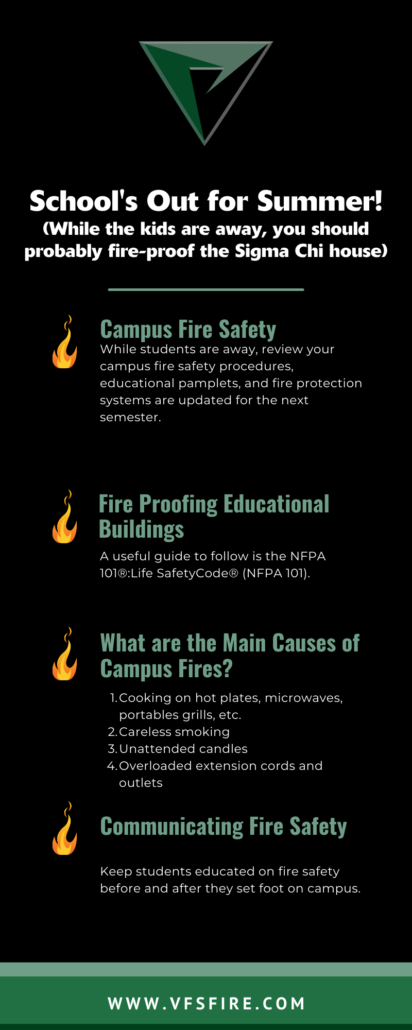
overused power strips.
Cooking Reminders
- Keep kitchens clean and clear of flammable materials
- If cooking– don’t leave the kitchen unattended
- Only cook in designated areas
Candle Reminders
- Do not leave lit candles unattended
- Keep candles away from flammable materials
Smoking Reminders
Electrical Safety
- Keep light fixtures away from flammable materials
- Do not plug large appliances into an extension cord
- Do not overload outlets or power strips
A Final Word
The perfect time to review your campus facility’s fire safety is during the summer, when fewer students are on campus. For more tips on how to use summer vacation to get your fire safety up to par, read our article here.


